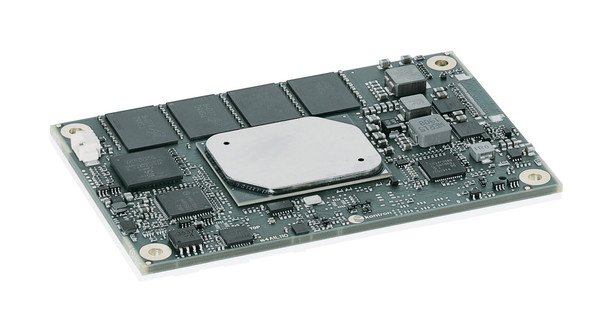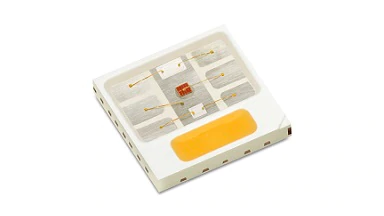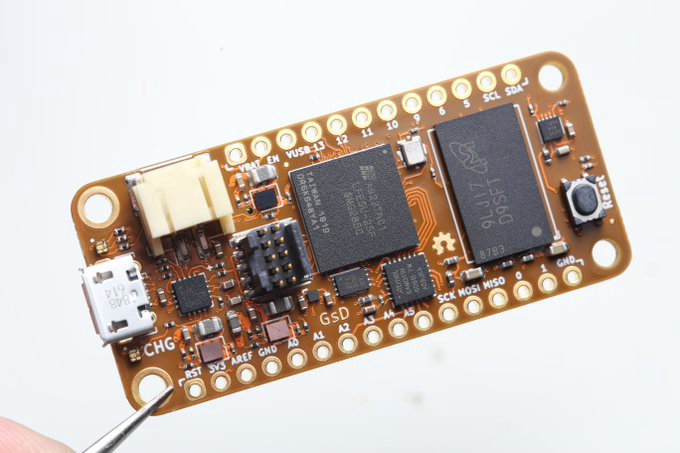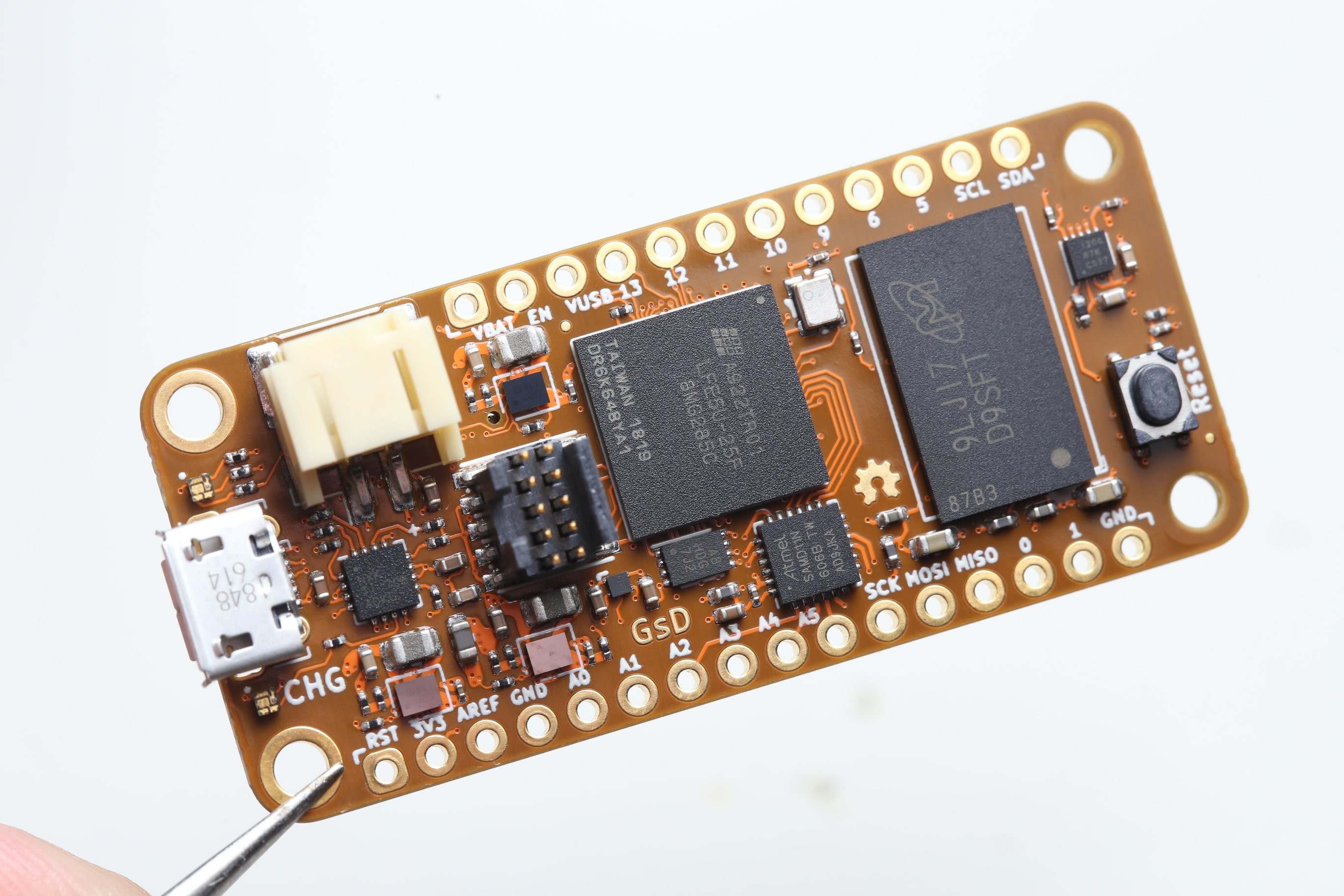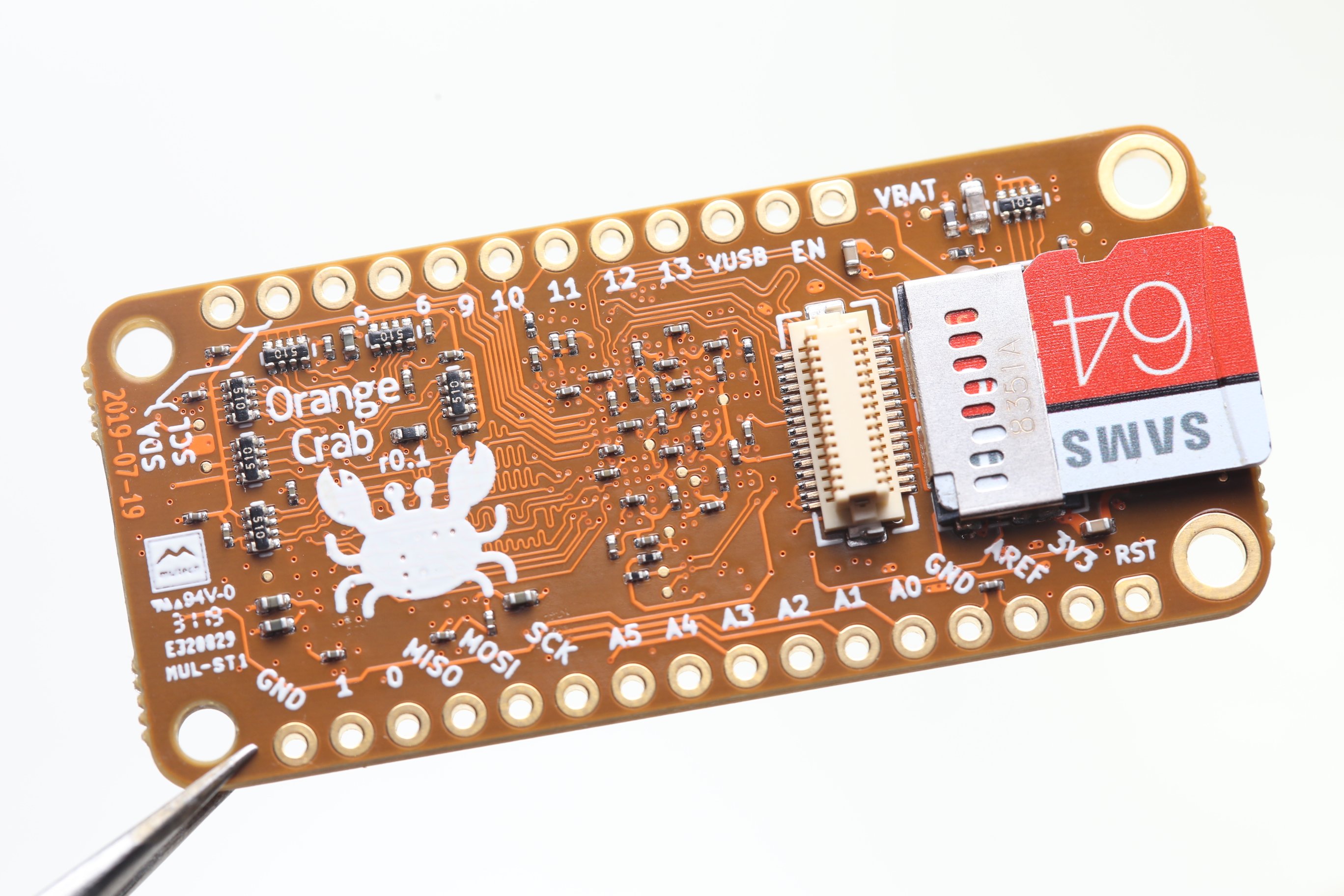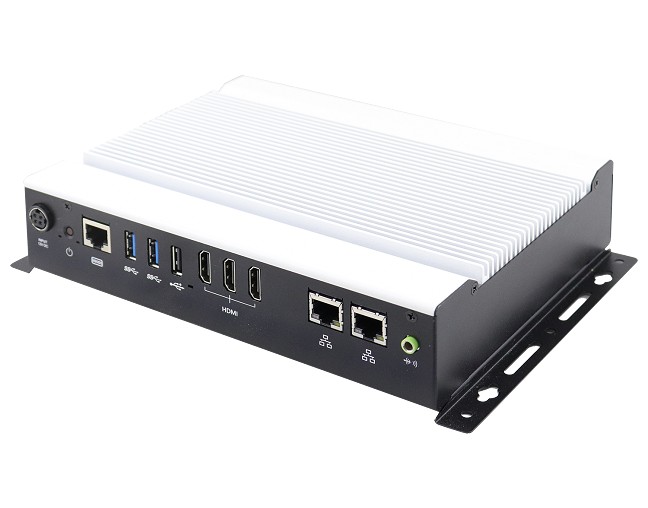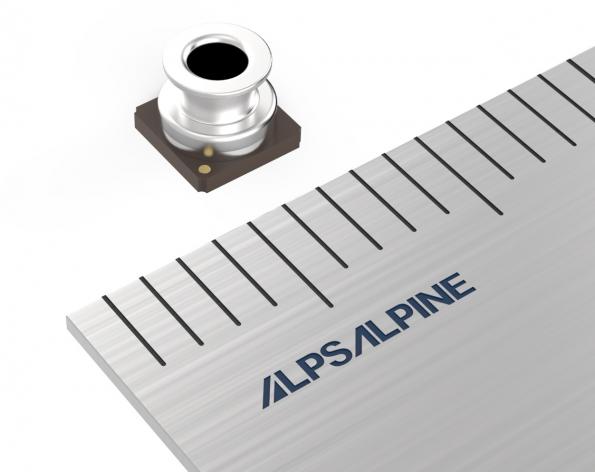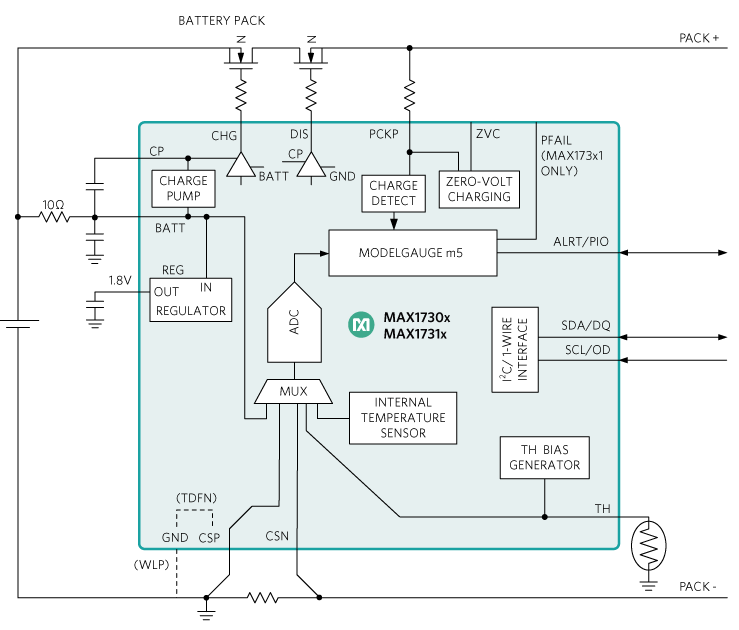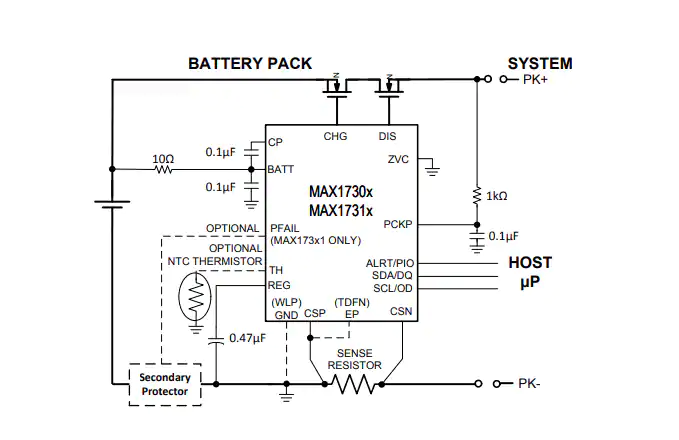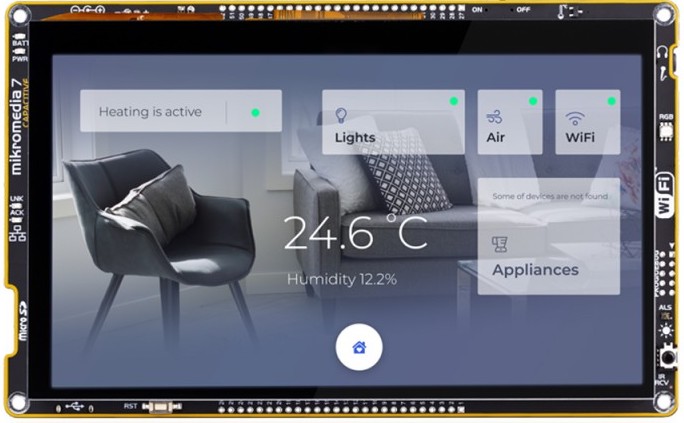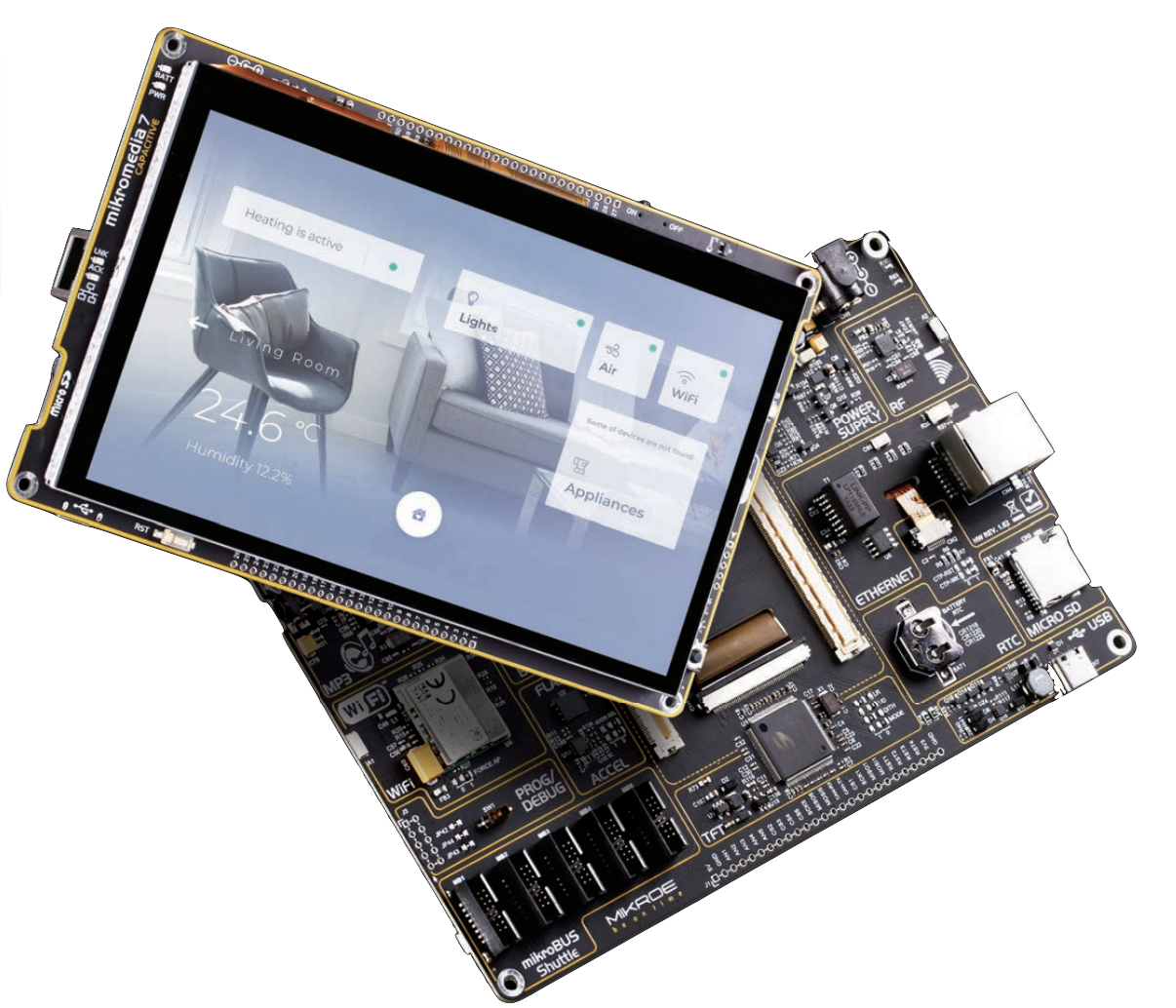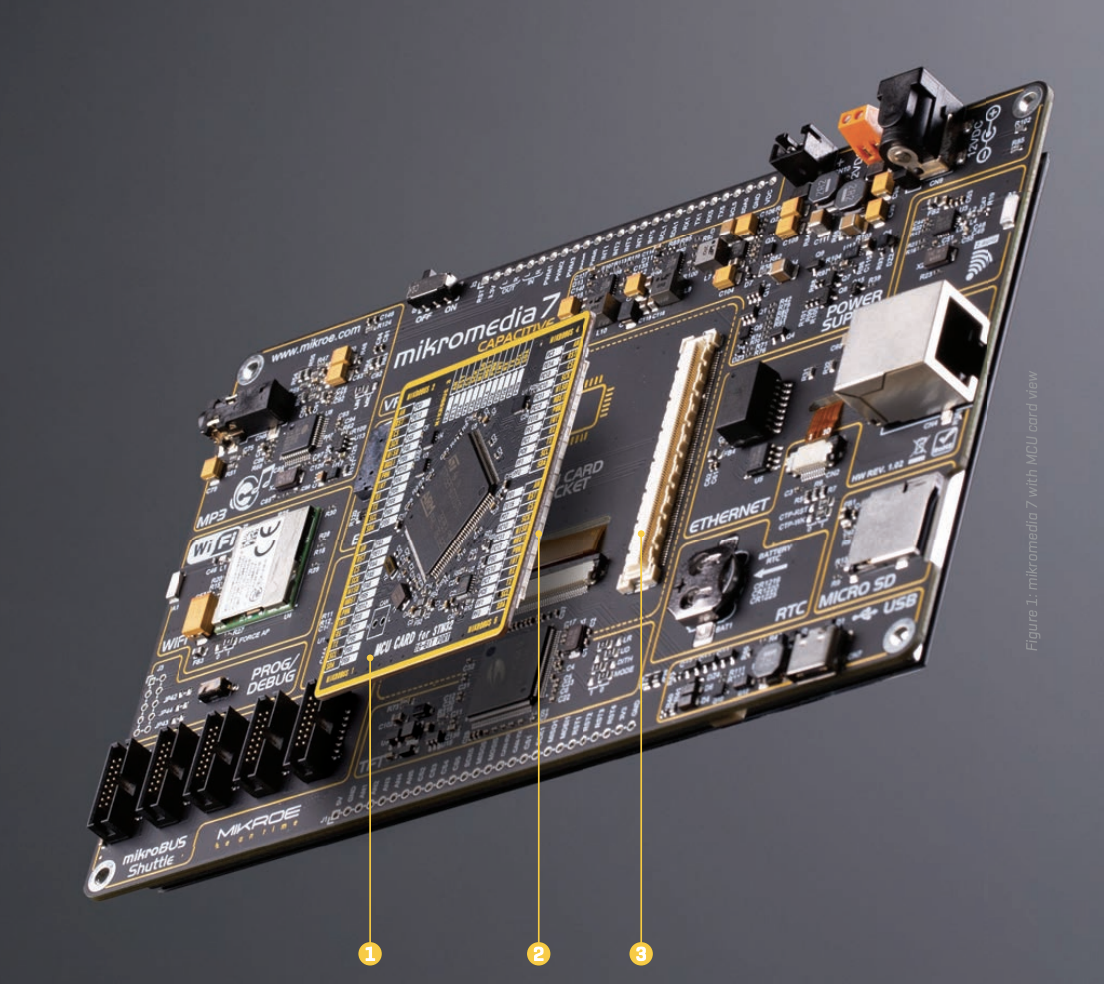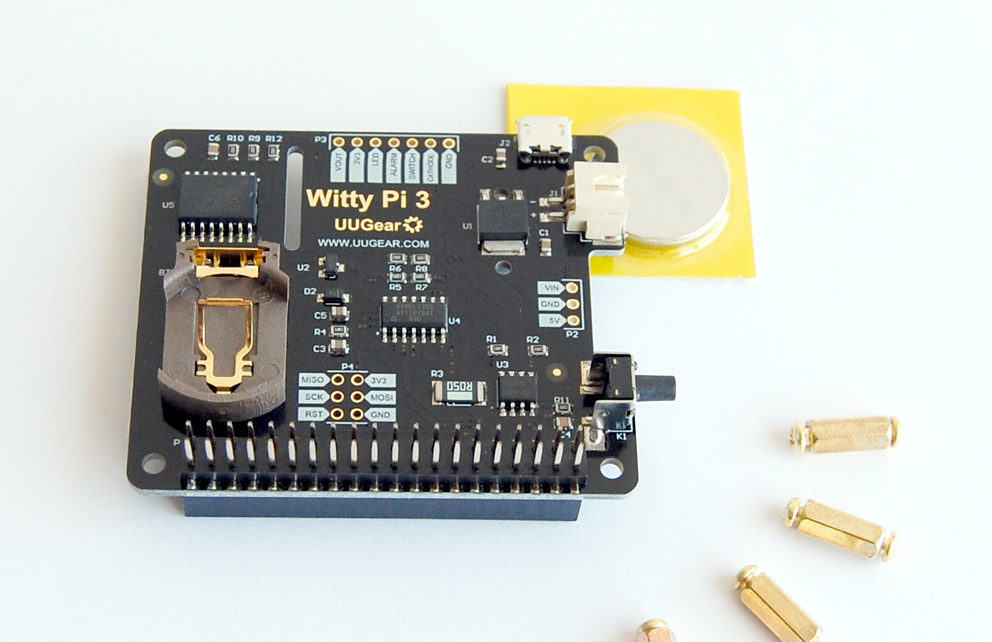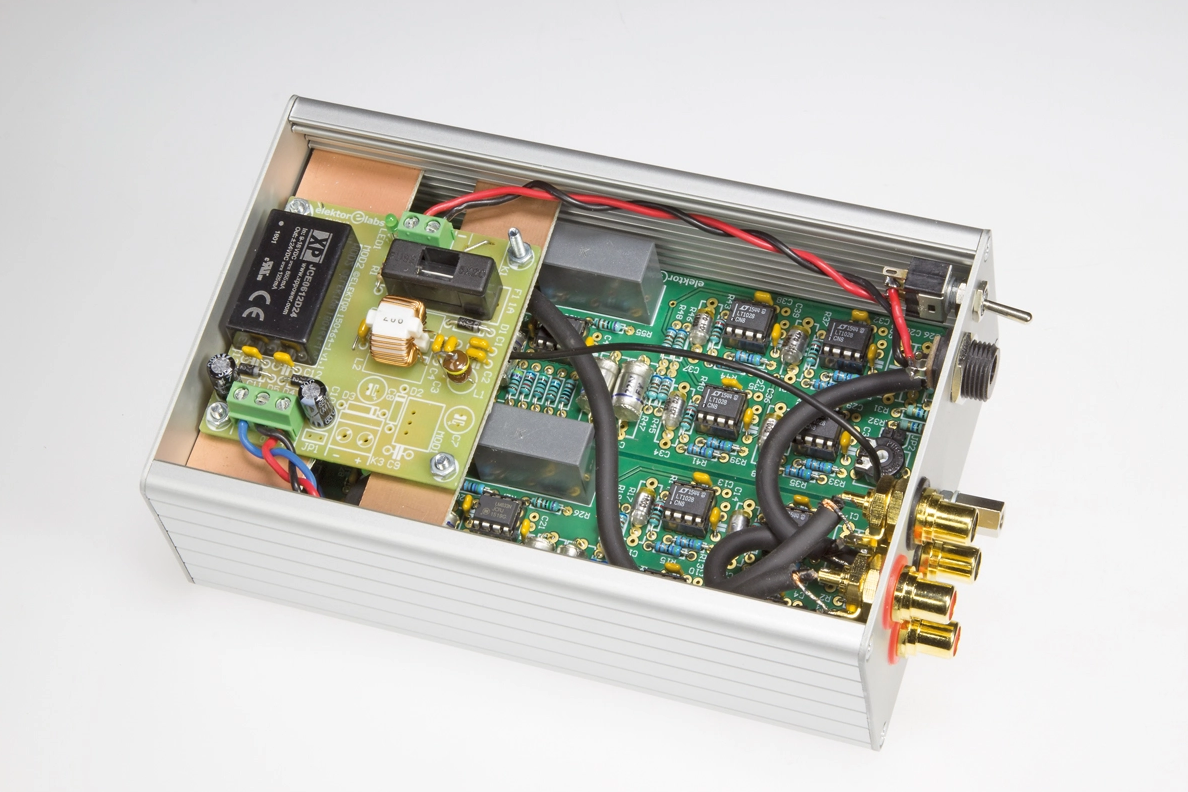The COMe-m4AL10 (E2) is ideally suited for use in industrial IoT and Industry 4.0 applications
Kontron has introduced its new COMe-m4AL10 (E2) module. The module is available with either Intel Atom®, Intel® Pentium® or Intel® Celeron® processors of the latest 5th generation. With dimensions of only 84 mm x 55 mm, it is an ideal solution for space-limited applications; furthermore the E2 version is designed for use in the industrial temperature range from -40°C to +85°C. Thanks to its large number of interfaces, significantly improved computing power and excellent performance-per-watt ratio, the COMe-m4AL10 (E2) is ideally suited for use in industrial IoT and Industry 4.0 applications. Medical imaging, autonomous vehicles, surveillance and security devices benefit as well from the powerful, yet extremely small modules. Thanks to the industrial-grade-by-design versions – specified for industrial temperature operation – and the long term availability, the new COMe-m4AL10 (E2) meets the special requirements of applications in transportation as well as defence markets.
The COMe-m4AL10 (E2) will be available in five different processor versions, as DualCore or QuadCore processors. Together with the COMe-mAL10 (E2), which supports DDR3L ECC memory, Kontron now offers a broad range of module solutions for every possible customer requirement.
The COMe-m4AL10 (E2) supports up to 16 GB LPDDR4 memory down and two independent displays: 1x DP++ (DP/HDMI/DVI) 4096×2160@60Hz and 1x Single Channel LVDS with DPtoLVDS (eDP on request) 3840×2160@30Hz. The module comes with storage options for two SATA II 300 Mbps interfaces and on request with additional eMMC memory (up to 128 GB MLC). In addition to having two serial ports, it provides two superfast USB 3.0 interfaces, up to eight USB 2.0, Gigabit Ethernet, as well as four PCI-Express® Gen2 lanes for customer specific expansions.
Specifications
- Low-Power – Performance / Watt optimized small form factor solution
- COMe-mAL10 (E2): up to 8 GByte DDR3L memory down (ECC / non ECC)
- COMe-m4AL10 (E2): up to 16 GByte LPDDR4 memory down (non ECC)
- 2x USB 3.0/2.0, 6x USB 2.0, 2x SATA, eMMC Flash
- Industrial grade temperature
- Support of Kontron’s Embedded Security Solution – APPROTECT (optional)
As an optional feature the new Kontron COMe-m4AL10 (E2) supports the Kontron APPROTECT security solution based on Wibu-Systems CodeMeter®. Kontron APPROTECT Licensing also enables new business models such as ‘pay-per-use’ and time-based trial versions.
Kontron offers BSPs (Board Support Packages) for the following operating systems: Windows® 10, Enterprise, Windows® 10 IoT, Linux and VxWorks 7.
For more information please visit: www.kontron.com


